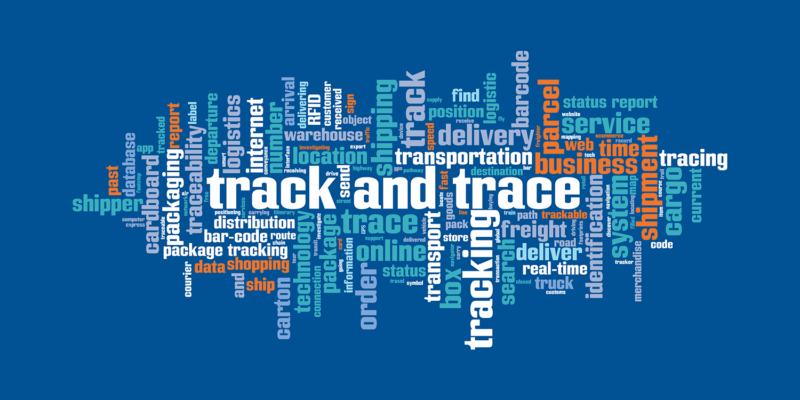The Next Deadline for Drug Supply Chain Security
The industry is moving to meet a deadline of November 27, 2023, for implementing interoperability requirements under the Drug Supply Chain Security Act, which outlines the steps to build an electronic, interoperable system to identify and trace Rx drugs through the supply chain.
Implementing the Drug Supply Chain Security Act
The bio/pharmaceutical industry and its supply-chain partners are moving forward with the implementation of the second phase of the Drug Supply Chain Security Act (DSCSA), which was signed into law in November 2013. Phased in over a 10-year period, the DSCSA outlines steps to build an electronic, interoperable system to identify and trace certain prescription drugs as they are distributed in the US. Additionally, the DSCSA directs the US Food and Drug Administration (FDA) to establish national licensure standards for wholesale distributors and third-party logistics providers and requires these entities to report licensure and other information to the FDA annually. The traceability requirements in effect under DSCSA from 2015 to 2023 generally require products to be traceable at the lot level. A second phase of requirements, to go into effect November 27, 2023, require the interoperable, electronic tracing of products at the package level.
Last month (July 2022), the FDA issued two draft guidances covering the implementation of the DSCSA. The first draft guidance, DSCSA Standards for the Interoperable Exchange of Information for Tracing of Certain Human, Finished, Prescription Drugs, identifies the standards necessary to facilitate adoption of secure, interoperable, electronic data exchange among the pharmaceutical distribution supply chain and clarifies the trading partners, products, and transactions subject to such standards. This draft guidance is a revision of an earlier draft guidance issued in November 2014. Feedback on the guidance is due by September 6, 2022.
The second draft guidance, Identifying Trading Partners Under the Drug Supply Chain Security Act, also revises an earlier draft guidance issued in August 2017 and was issued to assist industry and state and local governments in understanding how to categorize the entities in the drug supply chain in accordance with DSCSA. This revised draft guidance explains how to determine when certain statutory requirements will apply to entities that are considered trading partners in the drug supply chain. It also discusses the activities of private-label distributors, salvagers, and returns processors and reverse logistics providers. Additionally, the revised draft guidance discusses the distribution of drugs for emergency medical reasons, office use, non-human research purposes, and research purposes in humans under an investigational new drug application. Feedback on this revised draft guidance is due by September 6, 2022.
Achieving interoperable, electronic tracing of products at the package level
The first draft guidance, DSCSA Standards for the Interoperable Exchange of Information for Tracing of Certain Human, Finished, Prescription Drugs, include the steps to achieve interoperable, electronic tracing of products at the package level. These requirements for enhanced drug distribution security go into effect on November 27, 2023. Federal law sets forth enhanced drug-distribution security requirements for trading partners, including adherence to standards established by the FDA for the exchange of transaction information and transaction statements in a secure, interoperable, electronic manner and the verification of product at the package level. This draft guidance, which revises an earlier draft guidance issued in November 2014, updates the policy articulated in the November 2014 draft guidance to reflect the enhanced drug distribution security requirements that will go into effect on November 27, 2023, including that paper-based methods of product tracing will no longer be permitted and verification of product at the package level will be required, unless a waiver, exception, or exemption applies. This revised draft guidance is intended to facilitate the creation of a uniform methodology for product tracing while ensuring the protection of confidential commercial information and trade secrets.
Under the draft guidance, beginning November 27, 2023, electronic-based approaches are generally required to be used among all trading partners to meet the enhanced drug distribution security requirements. On that date, trading partners are required to use secure, interoperable, electronic approaches to: (1) exchange transaction information that includes package level product identifiers for each package included in transactions and transaction statements; (2) verify products at the package level; (3) promptly respond with the transaction information and transaction statement for a product in the event of a recall or for investigations; (4) facilitate the gathering of transaction information for a product going back to the manufacturer in the event of a recall or for investigations; and (5) accept saleable returns under appropriate conditions. For the purpose of the enhanced drug distribution security requirements, the FDA interprets interoperability for enhanced drug distribution security to encompass the ability to securely exchange, capture, and maintain electronic transaction information and transaction statements accurately, efficiently, and consistently among trading partners, in a manner that enables compliance with all enhanced drug distribution security requirements.
The draft guidance recommends that trading partners use GSI’s Electronic Product Code Information Services (EPCIS) standard to transmit information through the supply chain. EPCIS is a global GS1 standard that allows trading partners to capture and share information about products as they are transacted through the supply chain. Use of EPCIS can support and enable electronic and interoperable interfaces used by trading partners to help ensure compliance with the DSCSA requirements and is compatible with a range of different technological approaches. The FDA says that EPCIS is an appropriate globally recognized standard and says there is considerable agreement among stakeholders that EPCIS is a suitable standard to adopt for the enhanced drug distribution security requirements.
Trading partners under DSCSA
The second draft guidance, Identifying Trading Partners Under the Drug Supply Chain Security Act, establishes new requirements to develop and enhance drug distribution security by 2023. It does this, in part, by defining different types of entities in the drug supply chain as trading partners (manufacturers, repackagers, wholesale distributors, third-party logistics providers, and dispensers). Among other things, the DSCSA requires that trading partners of manufacturers, wholesale distributors, dispensers, and repackagers meet the applicable requirements for being “authorized trading partners.”
In addition, the DSCSA outlines requirements for specific trading partners, including drug-product tracing, verification, and licensure requirements (where applicable). This draft guidance describes the activities and requirements for entities that are considered to be a manufacturer, repackager, wholesale drug distributor, third-party logistics provider, and/or dispenser and therefore considered a trading partner under the DSCSA.







